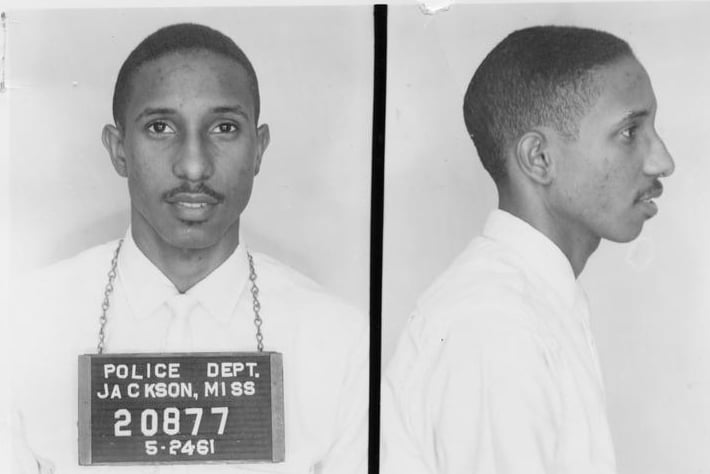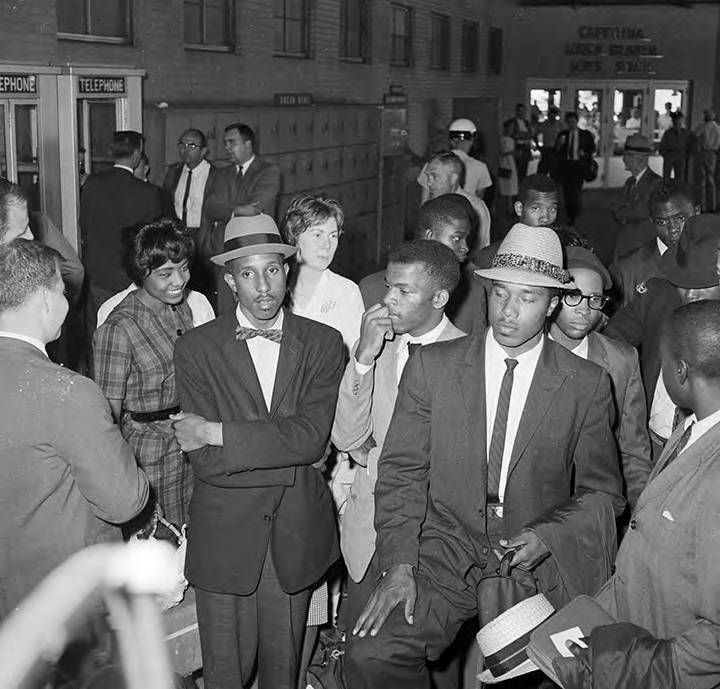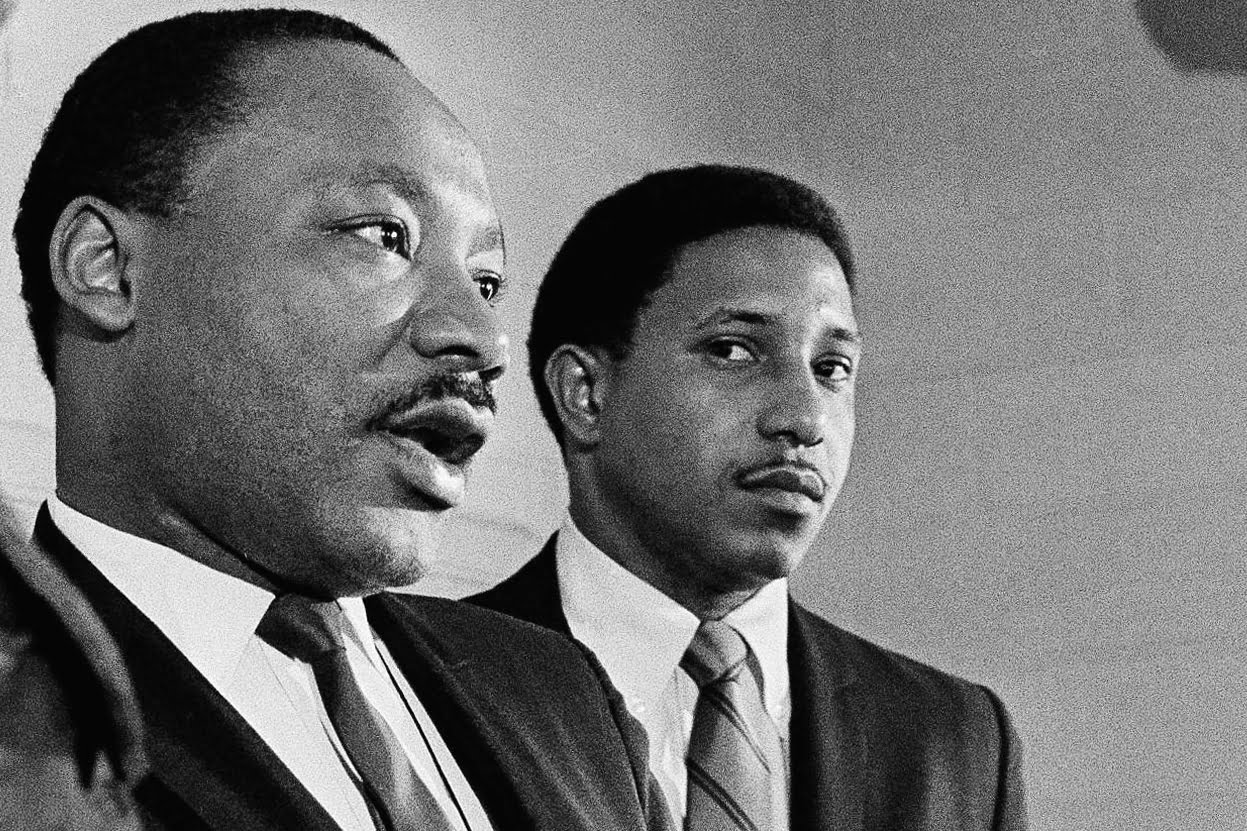One of the early Freedom Riders, helping to desegregate buses in the southern states of the US, Bernard Lafayette has been fighting for equal rights for over 50 years. He worked closely alongside Martin Luther King and was with him in Memphis only hours before his assassination. Here the veteran leader talks about activism and how he sees the current protests.
Takeaways
- People are becoming aware of how deadly racism is.
- Real change comes when you win over the majority; the power is with the people via peaceful protests.
- Convert beliefs to voting choices and then meet with elected representatives regularly.
- To sustain the movement, you have to find ways to participate in the government.
- Your efforts must reflect the goals you are trying to reach, so violence is not the way to go.
You were on the front lines as a young man, fighting racism in the civil rights movement of the 1960s. What made you start protesting?
I was already motivated by my early experiences. When I was about seven years old, I lived in Tampa, Florida. We used to have segregated public transportation and to ride a trolley car we had to pay in the front and then get off and walk along the sidewalk to get on in the back. You weren’t even allowed to walk down the aisle.
We used to have to run because if you were too slow, after taking your money, the driver would close the doors and drive off. Once, my grandmother was running behind me and she fell. I was in a real dilemma because I was trying to pick her up and keep the back door open and the driver took off. I was very disturbed by that. So I remember saying to myself as a little boy, ‘When I get grown, I’m going to do something about this.’ I couldn’t wait to get grown. So it was always in my blood.
In the course of your protests, you were beaten countless times, racked up 27 arrests and were nearly killed by an angry white mob at an Alabama bus terminal in 1961. Did you ever imagine, during all of the marches, sit-ins and racial violence that you experienced that people would still have to protest against racial inequality today, over 50 years on?
No. I didn’t expect that. I thought that since we got the Civil Rights Act and the Voting Rights Act and later, with an African American president of the United States, things would come without difficulty.
Bernard Lafayette, 79, has been a civil rights activist for over 50 years. He was a prominent figure in the civil rights movement of the 1960s, staging sit-ins to desegregate Nashville lunchrooms, restrooms and stores. As a Freedom Rider, he risked brutal mob beatings and arrests to ride interstate buses, demanding his constitutional right to desegregated transport. One of the founders of the Student Nonviolent Coordinating Committee (SNCC), he went on to work with Martin Luther King. He continues his work today as a minister, educator and lecturer.
“If you want to get social change you have to fight for it. You have to stand up. You have to speak out”
What do you think of the current wave of protests?
I feel that they’ve learned from us in the past. If you want to get social change you have to fight for it. You have to stand up. You have to speak out, and you have to let the people who can make the change know that those of us who they’re supposed to represent will not tolerate and will not accept these conditions. Then those who are elected must do something about it.
Do you think these protests will lead to real change?
Yes. Change comes from the people in power. There are four branches of government. There’s the Supreme Court, which makes the rules and the laws; then you’ve got the president, which is the executive branch; there’s the legislative branch; and then you have the people themselves. They’re the final voice in the government. Now the people are out on the streets. Their leadership will make the difference. They have to sustain this movement.

A young Bernard Lafayette after one of his many arrests, fighting for the cause. Photo: crmvet.org.
How to hold on to the momentum once the protests subside? What are the next steps?
The voting booths. Once people get to the voting booth, absolutely real change is going to come. People realise that their lives are at stake. If they want to sustain the gains that they made, then that’s the change they’re going to have to make. And they don’t have to wait for years until the next election. It’s not far away.
Then they have to find ways to continue to participate in the government. They have to get regular meetings with their representatives – once a month. They should tell them what issues and problems they’re concerned about and what needs to be done on a legislative level to make that happen. Then the representatives will know that these young people are not going to rest until action is taken to bring about changes. Young people should also get organised and form coalitions.
In 1992 Los Angeles erupted into deadly riots after the four police officers involved in the arrest and beating of African-American construction worker Rodney King were acquitted of using excessive force. The beating was filmed by a local resident and sparked mass outrage after being aired. So why didn’t this lead to change?
Now we’ve had more than one of these incidents and they’ve happened rapidly. People see it’s a pattern: a way of death, rather than having a decent way of life. There’s also the fact that a lot of these incidents have been recorded. With video cameras, our phones, and social media, people actually see it rather than just hearing people talk about it. That’s the thing that has motivated people.
“It was Napoleon who said that no one could ever succeed without winning the sympathy and active support of the majority”
Can we ever really beat racism?
It was Napoleon who said that no one could ever succeed without winning the sympathy and active support of the majority. So part of the operation is to win over that majority. That’s what young people have to realise. How do you win the support of the majority? You’ve got to demonstrate your concerns in a peaceful way. Nonviolence is what the majority of people identify with. So if you are able to show that your protests are representing all the people, then the majority will support it. That’s what you see out there in the streets now, you’ve got people of all cultures. Not all of those who will support your movement may be out in the street protesting, but they are behind you − they’re supporting you.
Also, your efforts must reflect the goals that you’re trying to reach. I think that’s the important thing we’ve seen in these demonstrations. If you are protesting the violence of the police then you certainly can’t be an example of violence. Violence is not the way to go because the issue becomes protecting property and protecting people and that gets away from the main cause of the protests.

Bernard Lafayette, John Lewis and other Freedom Riders at the Greyhound bus station in Birmingham. Photo: Alabama Department of Archives and History. Donated by Alabama Media Group. Photo by Robert Adams or Ed Jones, Birmingham News.
Institutionalising nonviolence − in elementary schools and colleges, in the government, in the police department, training people in nonviolence techniques until it’s part of the entire system − that’s what Martin Luther King wanted. I was with him in Memphis, in his hotel room, five hours before his assassination. He wanted me to go ahead to Washington D.C. and get the Poor People’s Campaign moving because he wanted to stay on in Memphis and do the march with the sanitation workers. We were working on a press statement that morning and before I left, he told me he wanted the next movement to internationalise and institutionalise nonviolence. Those were his last words to me. So when he was assassinated, I decided to make that my project in life.
What are you involved in now?
Just today I was talking to youth high school leaders. They were on Zoom with me. I train them. When we first started protesting in the 1960s, we had training in leadership and nonviolence techniques. We were trained by [civil rights activist] James Lawson. He’d gone to India, had studied Gandhi’s philosophy and knew a lot about nonviolence. That’s the thing that made the difference then.
I also train policemen – a lot of my trainers are retired policemen and they train police departments in how to de-escalate violence and prevent violence.
“You think about what kind of future you’re going to have for your children; what kind of country are you going to leave them with; what kind of lives are they going to have?”
How do you stay hopeful?
When I see that people are becoming aware of how deadly racism is. By seeing the consequences, people are deciding that this is not the kind of society that they want to live in. It’s not safe for anybody. You think about what kind of future you’re going to have for your children; what kind of country are you going to leave them with; what kind of lives are they going to have? It’s from seeing young people trying to make sure that their lives are not lived out in fear.
The Civil Rights Act and Voting Rights Act
The Civil Rights Act was a landmark ruling passed in 1964 that made discrimination based on race, colour, religion, sex or national origin illegal. It was originally proposed by President John F. Kennedy, but after his assassination on November 22 1963, it was further taken up by his successor, President Lyndon B. Johnson. Martin Luther King was a special guest at the signing.
The Voting Rights Act of 1965 was another key piece of legislation, enforcing the right to vote for racial minorities. It also outlawed discriminatory practices such as literacy tests, which previously had been used to prevent people from voting.
